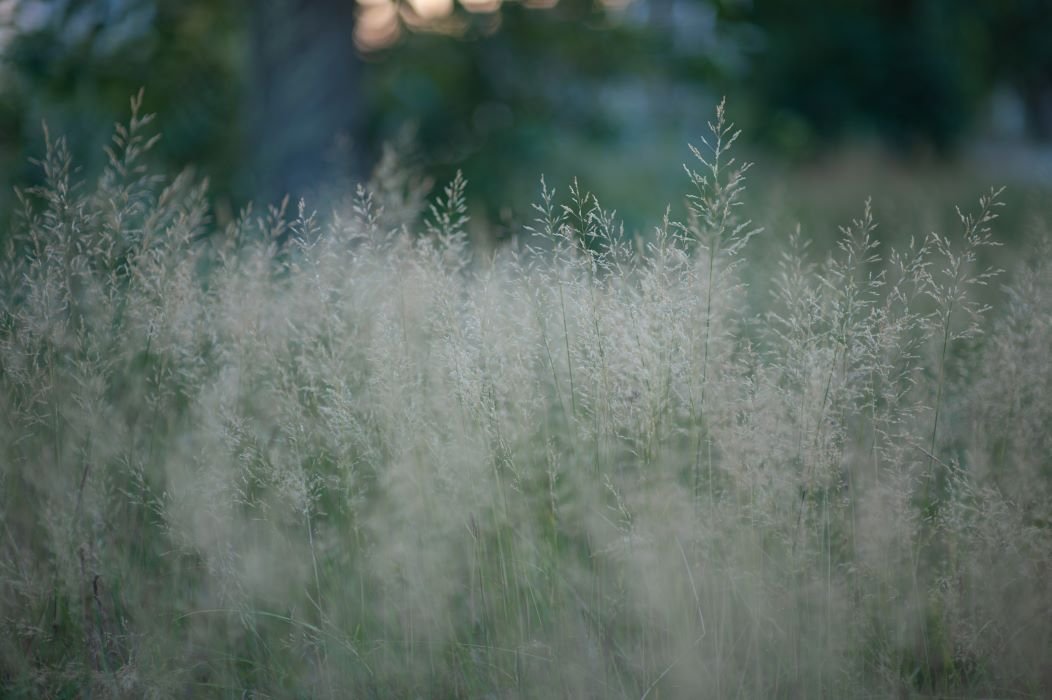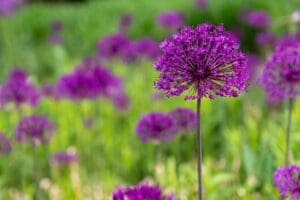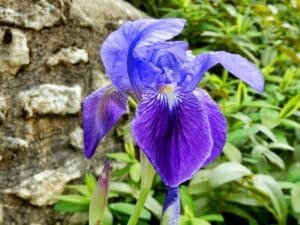The ornamental switchgrass Panicum virgatum ‘Shenandoah’ is a showstopper in any wild or prairie-style garden. With its upright habit, red-tinged foliage, and soft, airy blooms, this native grass adds striking vertical interest and natural texture. ‘Shenandoah’ is one of the most popular switchgrass cultivars, valued for its year-round beauty and hardiness.
In this blog post, we’ll take an in-depth look at Panicum virgatum ‘Shenandoah’ and see why it deserves a spot in your wild garden. We’ll cover its growing requirements, design uses, and maintenance needs so you can fully appreciate and care for this versatile grass. Whether you’re new to ornamental grasses or already love them, read on to learn all about the spectacular Shenandoah switchgrass!
You might also be interested in: Ornamental Grasses
Introduction to Panicum virgatum ‘Shenandoah’
Panicum virgatum ‘Shenandoah’ offers unique qualities that make it ideal for UK gardens:
- Upright clumping growth habit creates vertical structure
- Blades emerge green in spring then turn deep red by summer
- Airy reddish-purple flowers bloom late summer into fall
- Foliage takes on tan-orange hues in winter for year-round interest
- Tolerant of various soil types and growing conditions
- Low maintenance once established
With its striking colors, ability to stand out in the landscape, and adaptable nature, Panicum virgatum ‘Shenandoah’ is perfectly suited to wild gardens and meadow settings. It attracts birds and beneficial insects while requiring little care from the gardener once planted. If you’re looking to add visual appeal, movement, and biodiversity to your outdoor space, Shenandoah switchgrass deserves consideration.
A Closer Look at Panicum virgatum ‘Shenandoah’
Panicum virgatum ‘Shenandoah’ is a deciduous, perennial ornamental grass distinguished by its upright growth and color. Here are some of its key features:
- Grows 3-4 feet tall and 2-3 feet wide
- Clumping growth prevents invasiveness
- Green blades emerge in spring, turning wine-red by early summer
- Airy, pink-tinged flowers bloom late summer into fall
- Foliage transitions to tan-orange in winter
This switchgrass thrives in full sun and is adaptable to various soil types, including clay, loam, sand, and gravelly soils. It prefers moist, well-draining soil but is drought tolerant once established. Panicum virgatum ‘Shenandoah’ is hardy to USDA Zones 4-9, surviving cold winters and hot summers.
Overall, Shenandoah switchgrass requires minimal care and maintenance to look its best:
- Needs occasional watering during first year, then drought tolerant
- Apply fertilizer in spring if needed
- Cut back previous years’ growth in late winter
- Divide clumps every 2-3 years to encourage fresh growth
Its adaptability, low maintenance needs, and year-round curb appeal make Panicum virgatum ‘Shenandoah’ a standout choice.
Planting and Caring for Panicum virgatum ‘Shenandoah’
When planted in the right spot, Panicum virgatum ‘Shenandoah’ is easy to grow and care for. Here are some tips for successfully incorporating it into your wild garden:
Planting
- Choose a site with full sun (at least 6 hours daily)
- Prepare soil by removing weeds/grass and mixing in compost
- Space plants 2-3 feet apart in spring or fall
- Dig holes 2x wider than root ball; plant crowns 1 inch below soil surface
- Water thoroughly after planting and as needed until established
Care
- Water weekly during the first year, then only during drought
- Apply balanced slow-release fertilizer in early spring if needed
- Cut stems back to 6 inches in late winter to remove old foliage
- Divide congested clumps every 2-3 years in spring
- Remove any diseased/damaged foliage to improve air circulation
With the right planting site and initial care, Shenandoah switchgrass will thrive with minimal maintenance. Check soil moisture and weed/pest presence occasionally, then enjoy the beauty!
Using Panicum virgatum ‘Shenandoah’ in the Wild Garden
With its naturally airy look and tolerance for various sites, Panicum virgatum ‘Shenandoah’ is ideal for wild gardens or prairie-style plantings. Here are some ways to incorporate it:
- Use as a specimen plant or dramatic vertical accent
- Mass in groups of 3, 5, or 7 for bold color impact
- Edge walkways, patios, or garden beds
- Allow it to mingle and move freely among other plants
- Place it behind shorter flowers and foliage
- Complement it with wildflowers like Black-Eyed Susan, Blazing Star, and Bee Balm
- Mix with grasses like Maiden Grass, Prairie Dropseed, and Fountain Grass
Shenandoah switchgrass will attract birds seeking seeds and shelter. Butterflies also visit its swaying blooms. And it provides food and habitat for beneficial insects. This grass enhances any wild garden’s biodiversity and natural beauty.
Frequently Asked Questions about Panicum virgatum ‘Shenandoah’
Looking for more specifics on growing and caring for Panicum virgatum ‘Shenandoah’? Here are answers to some commonly asked questions:
How often does Panicum virgatum ‘Shenandoah’ need to be watered?
- Weekly watering is recommended for the first year after planting. Afterestablishment, water during drought stress only. The grass has good drought tolerance.
What type of fertilizer should I use for Panicum virgatum ‘Shenandoah’?
- In early spring, apply a balanced slow-release granular fertilizer or compost. Avoid high-nitrogen formulas, as too much nitrogen reduces the plant’s winter hardiness.
When is the best time to prune Panicum virgatum ‘Shenandoah’?
- Pruning is recommended in late winter/early spring. Cut back grass stems to around 6 inches above the ground to remove old foliage before new growth emerges.
How can I protect Panicum virgatum ‘Shenandoah’ from pests and diseases?
- Avoid overcrowding and improve air flow by dividing congested clumps every 2-3 years. Also remove any diseased/damaged foliage promptly to prevent issues. Panicum virgatum has good overall resistance to most pests and diseases.
Can Panicum virgatum ‘Shenandoah’ be grown in containers?
- Yes, Shenandoah switchgrass adapts well to large containers at least 18-24 inches wide and deep. Use a quality potting mix and provide regular watering. Overwinter containers in an unheated garage or cold frame in colder climates.
Final thoughts
For outstanding color, graceful movement, and low maintenance, it’s hard to top Panicum virgatum ‘Shenandoah’ as an ornamental grass. This popular switchgrass cultivar provides year-round interest along with adaptability and drought tolerance. Use it as a focal point, edging, thriller, filler, or in mass plantings in your wild garden. Shenandoah switchgrass requires minimal care while attracting wildlife and elevating your landscape’s aesthetic. See for yourself and add this beautiful native grass to your garden this season!
We hope this overview helps you appreciate the many merits of Panicum virgatum ‘Shenandoah’. Please share your experiences growing this switchgrass in the comments below! We’d love to hear how it thrives in your garden. And feel free to reach out with any other questions – we’re always happy to discuss beautiful grasses!






